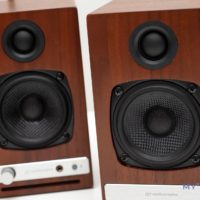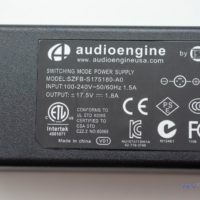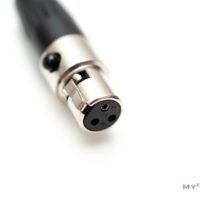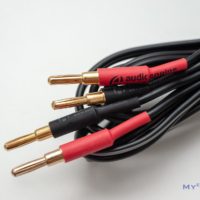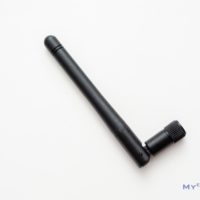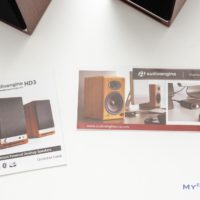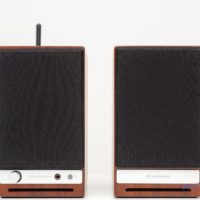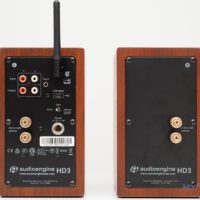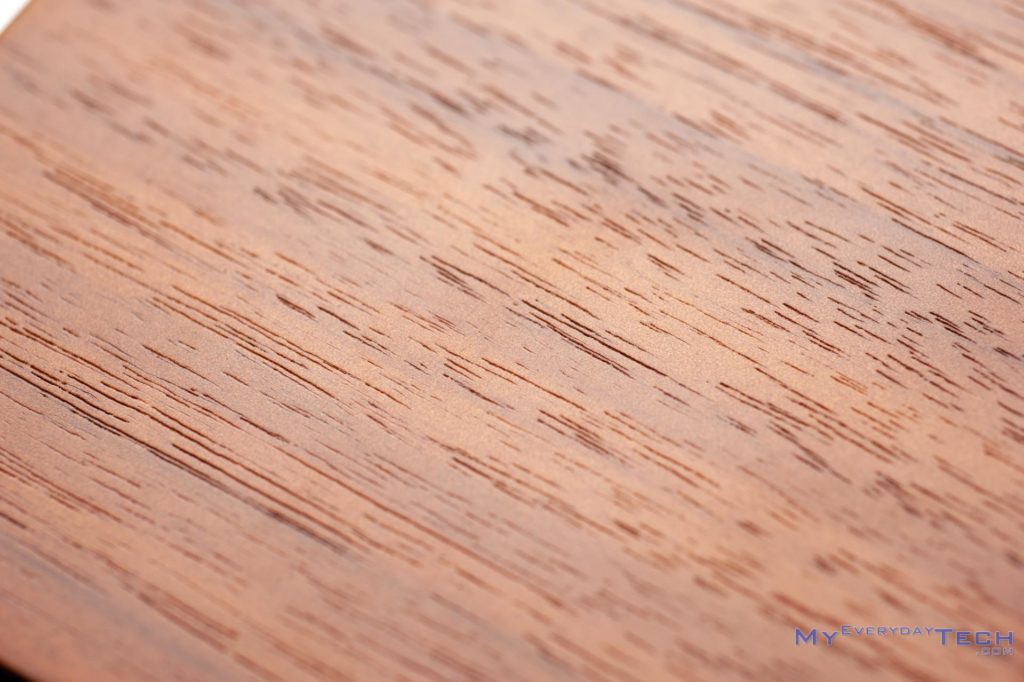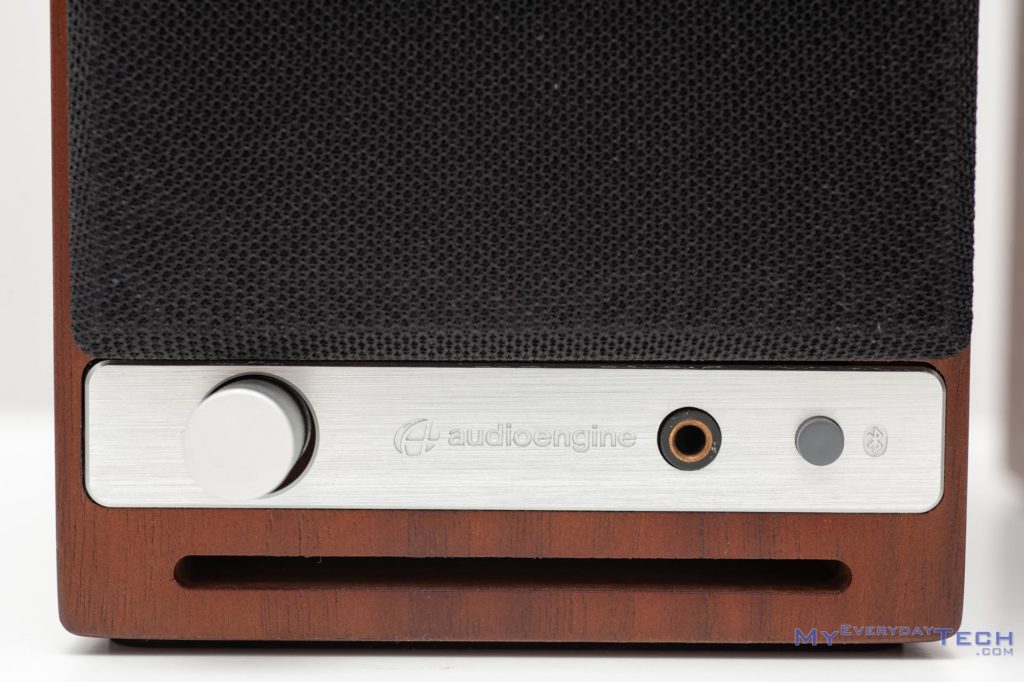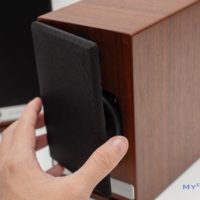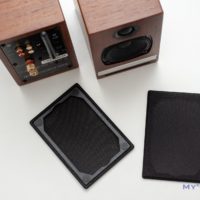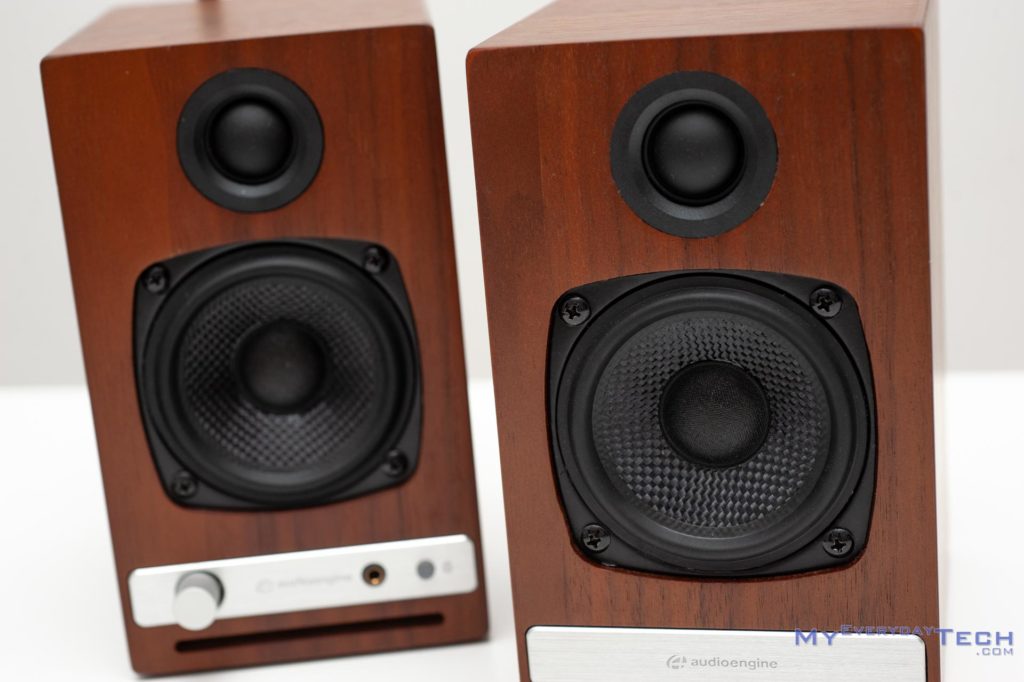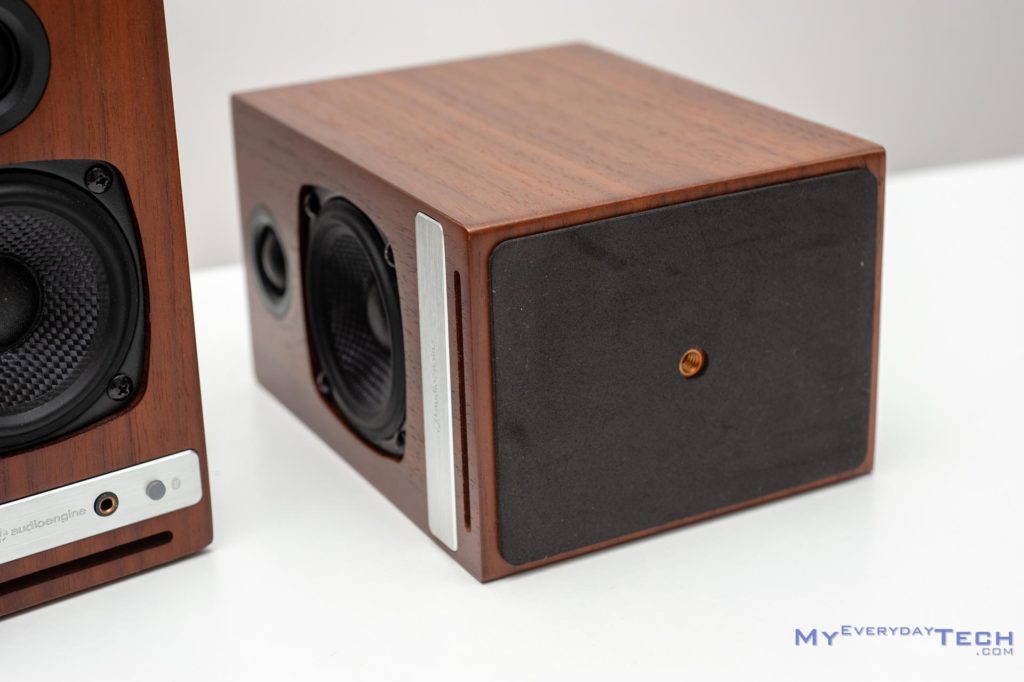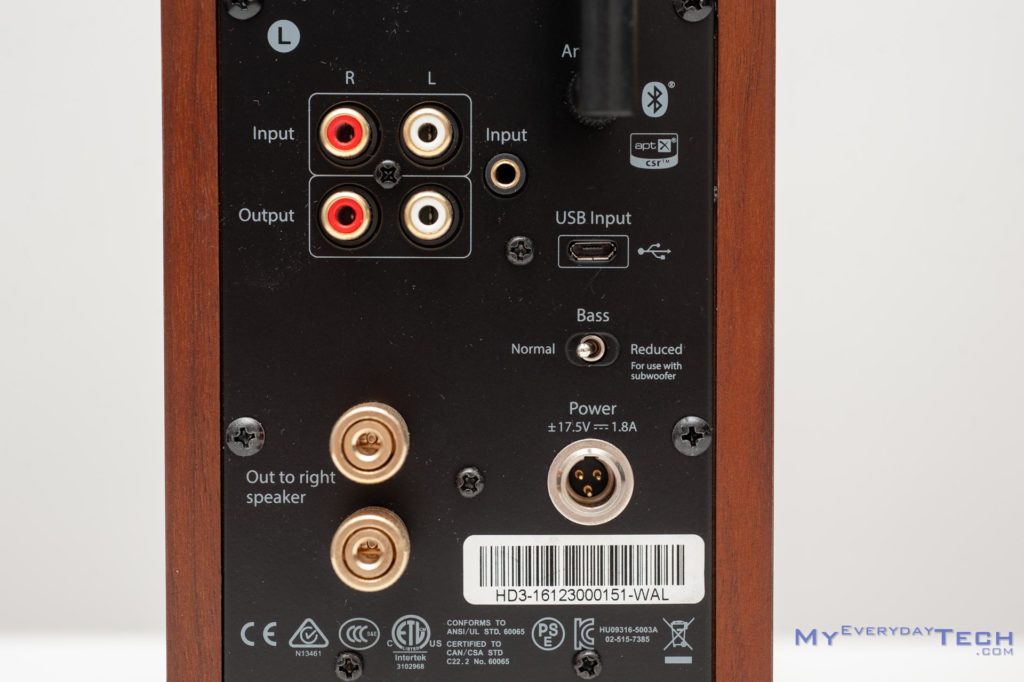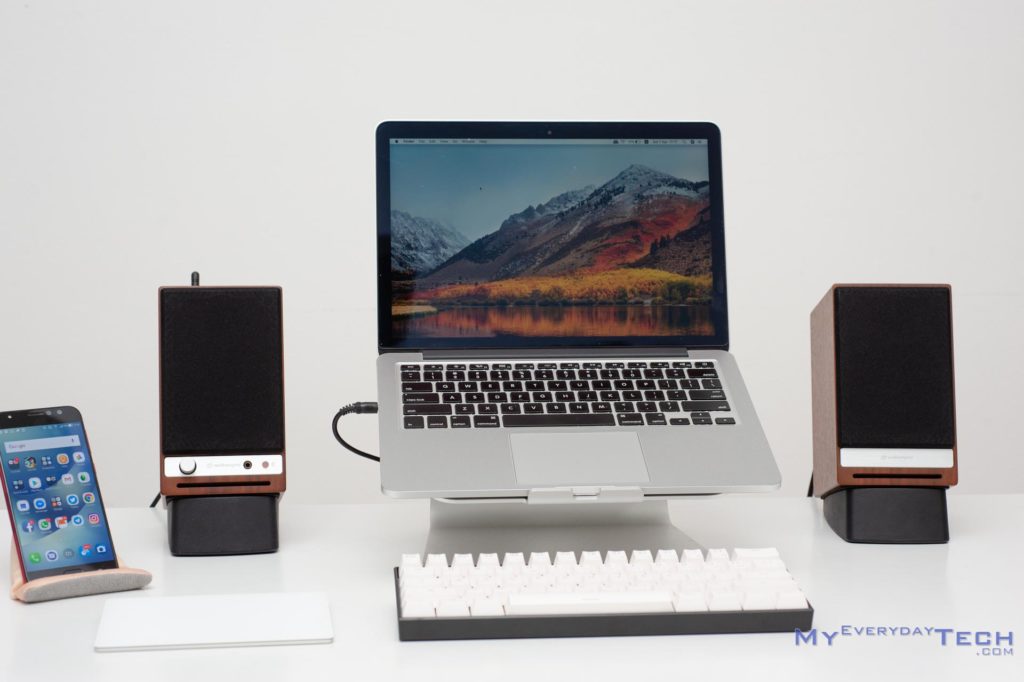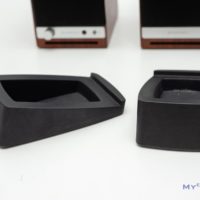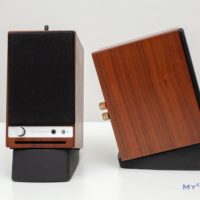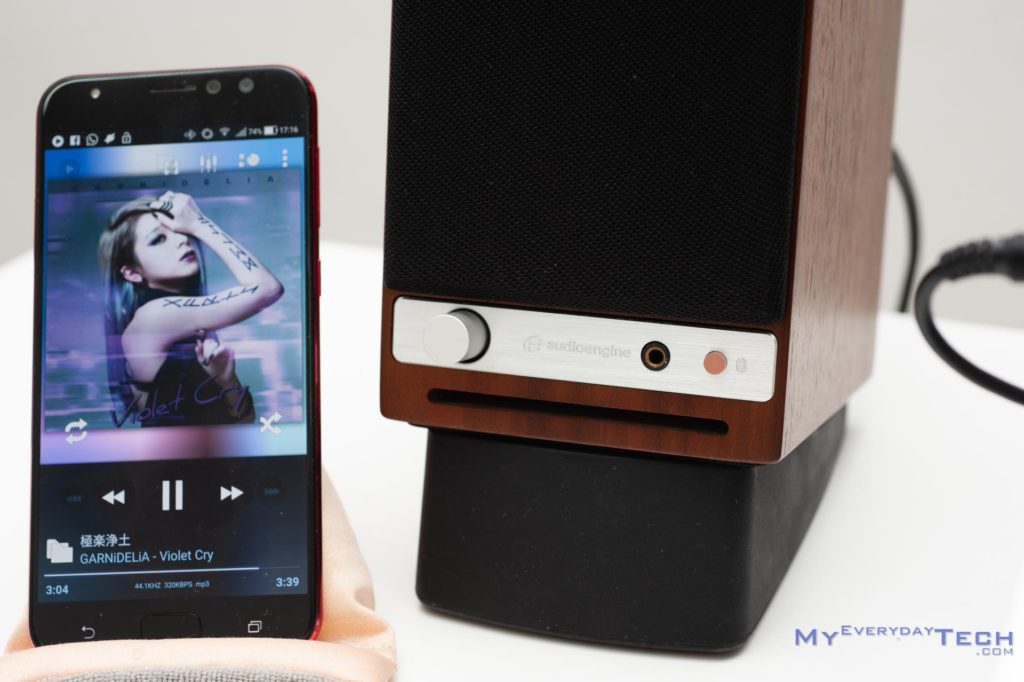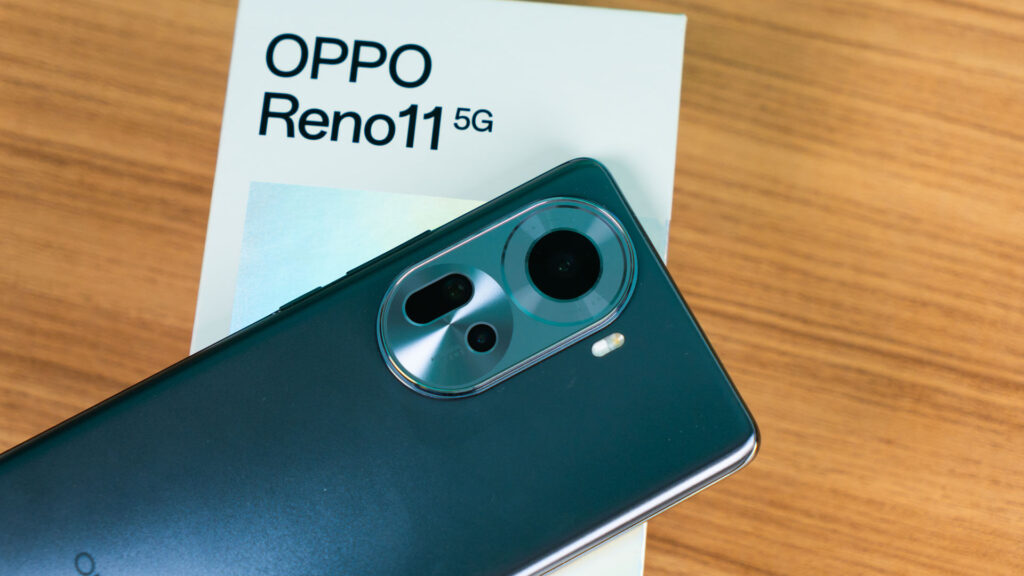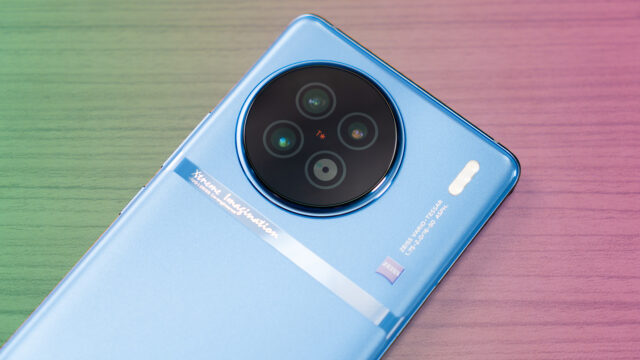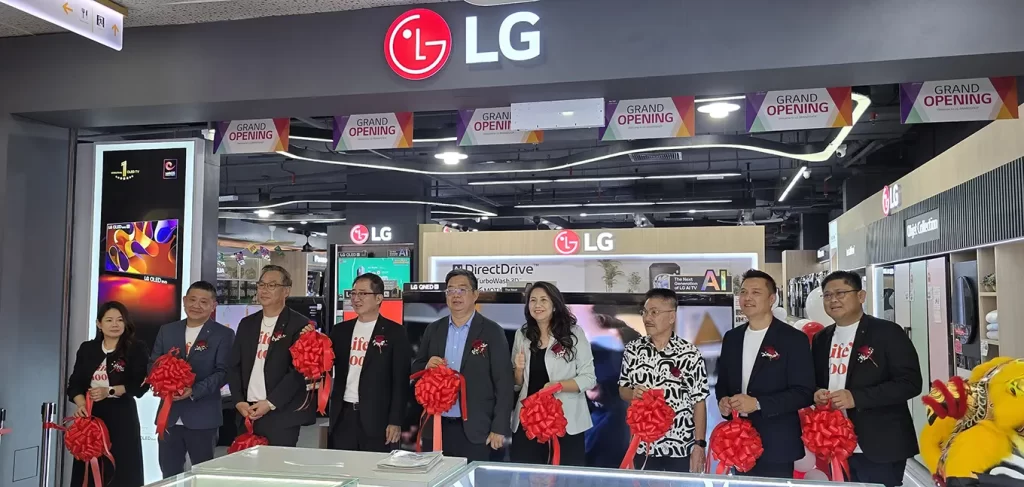Review: Audioengine HD3 – Premium Sound Quality in a Small Package
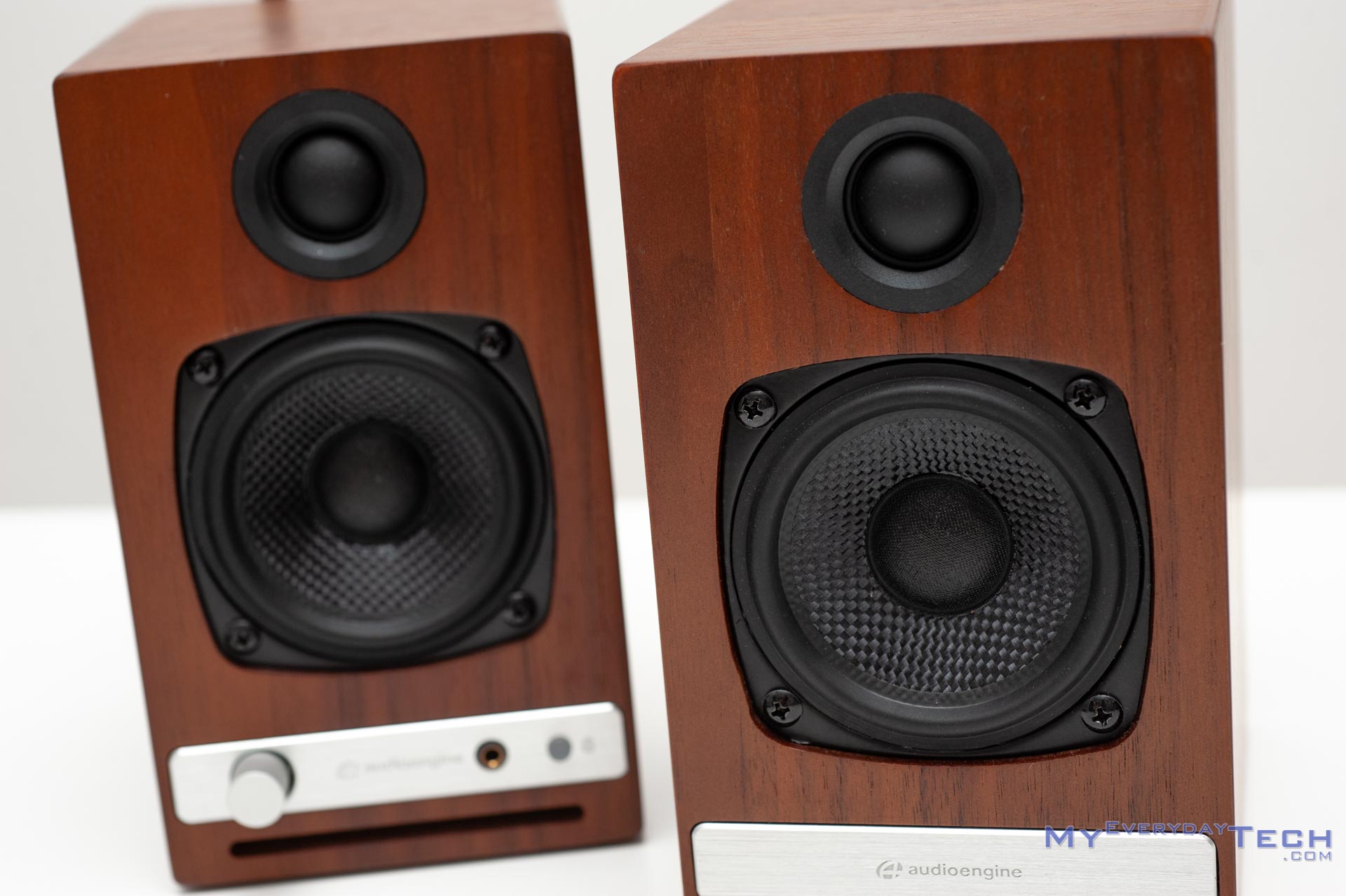
Malaysians may not hear of the brand Audioengine before, but in fact, it is a huge brand in the States and their speakers often reproduce sounds that are comparable to other high-end speakers. That brings us to the main discussion today – our review of the Audioengine HD3 speakers, retailing at RM 2,299, let’s find out is it really that awesome.
Audioengine HD3 Specifications
- 60W RMS peak power total
- 95dB signal to noise ratio
- 65Hz-22kHz ±2.0dB frequency response (100Hz-22kHz ±2.0dB (-5dB down) with bass reduction)
- 2 ohms headphone amp output (2.0 V RMS)
What’s in the box
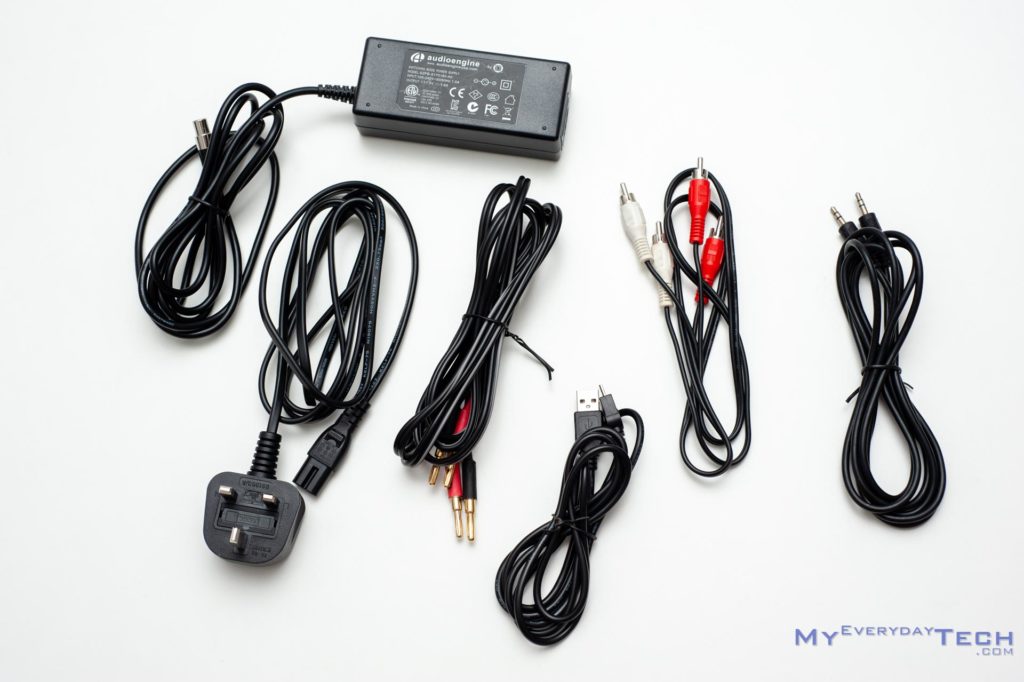
What comes in the box:
- Audioengine HD3 speaker pair
- Power adapter
- 16AWG speaker cable (2m)
- RCA to RCA cable (1.5m)
- 3.5mm to 3.5mm cable (1.5m)
- USB Type-A to Micro USB Type-B cable (1.5m)
- Bluetooth antenna
- User guide & product catalogue
Audioengine will never disappoint you. The included speaker sleeves are somehow overkilled just for the packaging. I mean, unless you’d occasionally packing up the speaker for whatever reason, otherwise, the sleeves are better off used for other purposes.
Build Quality & Design
I really like the clean and minimalist design of the Audioengine HD3. While some of you could be triggered by that weird looking Bluetooth antenna, but honestly speaking, you can either turn the antenna 90-degrees or simply just remove it altogether.
There are 4 different colour options for the Audioengine HD3 – Walnut, Satin Black, Satin & Hi-Gloss White.
Our review sample is the Walnut wood veneer variation and the surface finishing on it is unexplainably sexy.
The front control panel has 1 single knob for on/off and volume control. The 3.5mm audio jack is not a pass-through, in fact, it has a high-performance pre-amp for headphones. To be exact, it is based on the OPA2134 low-noise operational amplifier (op-amp) that provides a 2-volt 2 ohms output which can drive most of the headphones out there with high-fidelity audio without any trouble.
The semi-translucent Bluetooth button at the right also doubles as a light indicator for Bluetooth mode. The LED will flash in white when it is trying to pair with an audio source and then switches to dim orange LED when pairing is successful.
The front speaker grille is magnetically attached. It keeps the speaker body clean from those ugly attachment holes.
The key component of the speaker is the 2.75-inch kevlar woofers and 0.75-inch silk dome tweeters. More on the sound quality later.
At the bottom of the speaker is a large piece of anti-vibration padding with a speaker stand mounting screw hole.
Rear I/O
At the back of the left channel speaker (master speaker), you will find all sorts of input and output connectors here:
- RCA Input
- RCA Output
- 3.5mm Input
- USB Audio Input
- Out to Right Speaker
- Power Input
If you haven’t realised, other than the standard RCA/3.5mm audio input and Bluetooth audio input, the Audioengine HD3 also supports USB audio input. That means, the digital audio source is sent directly into the speaker’s DAC (PCM 5102) and then converted into the analogue signal. For true audiophiles, this may seem redundant especially most of you guys already own a much better DAC compared to this. However, for beginner audiophiles, it is a great starting point for enjoying excellent audio quality, not to mention the space saving nature of integrating the DAC into the speaker.
There is a switch at the back that toggles the bass in case you’re pairing the Audioengine HD3 with an external subwoofer. In that way, the woofer driver on the speakers will focus on mids, leaving the lows for the dedicated sub-woofer.
User Experience & Sound Signature
Without further ado, let us dive straight into how the Audioengine HD3 fares in my day-to-day use. First of all, it is very obvious that the HD3 is designed for desktop users for its small and compact size. Of course, you still can use it as a regular bookshelf speaker for turntables & home entertainment, just that the dedicated 3.5mm audio jack at the front is hard to ignore.
Besides, the speaker stand I’m using here is the Audioengine DS1 desktop stand. It elevates the speaker at an angle so that even a small speaker like this will sound natural when they are placed within 1-metre (3-feet) in front of you. They are sold separately.
Bluetooth & Built-in DAC
The Bluetooth has a remarkable connection range thanks to the dedicated Bluetooth antenna, up to 30-metres from the standard 10-metres range. OK, so the standard 10-metres range doesn’t sound that awful but do take consideration of the walls and furniture in your home which might cause interference.
It supports Qualcomm aptX Bluetooth audio encoding algorithm. If your audio source also supports aptX Bluetooth audio, you will get to enjoy better wireless audio quality at minimum latency. Even if your device does not support aptX, you still can connect to the speaker normally without any issue.
Granted, the sound quality over Bluetooth is better with the PCM5102 built-in DAC but I’m pretty sure most of the users out there won’t even notice the improvement. Frankly speaking, those who value wireless speakers usually value the convenience over the audio quality.
The Sound
Throughout my 1 month testing period, I had the speaker set configured in 2 different setups, 2 weeks each. 1 for the PC desktop environment and 1 for living room environment. The sound quality difference compared to my Edifier R1000T4 & HiVi Swan D1010IV is absolutely mind-blowing. OK, maybe I should not compare the two of them since the Audioengine HD3 is about 10 times more expensive than the Edifier. The added clarity and soundstage coming from the 3.75-inch driver is unprecedented. It changes my perception that small speakers would only produce lack-lustre soundstage. The details are very clear-cut and you can easily tell the direction of the source without any trouble.
Apart from the soundstage, the immediate difference when I first hook up the speaker is the sound clarity and details from the mids and highs. Compared to the D1010IV, the HD3 has much clearer vocals and the background sound detail is a lot more obvious. While the bass could be a little weak, that’s a given for the small footprint of the speaker. Besides, I personally think it is not something worth complaining about. In fact, I could still fully enjoy movies and games without experiencing any dissatisfaction with the audio punch.
Final Words
The Audioengine HD3 offers excellent audio quality in a small package. The build quality of the speaker is spectacular and the veneer finishing on the wooden chassis is beautiful and premium. It offers a wide range of connectivity options, from the traditional analogue audio to the modern digital USB audio & wireless Bluetooth. Even the front headphone output has dedicated amp for superb audio delivery.
At the price of RM 2,299, the Audioengine HD3 is definitely not a speaker pair that anyone would afford. But if you’re in the market looking for a small pair of speaker that packs a whole bunch of features yet sound astonishingly good, I’d say you won’t regret getting this.

